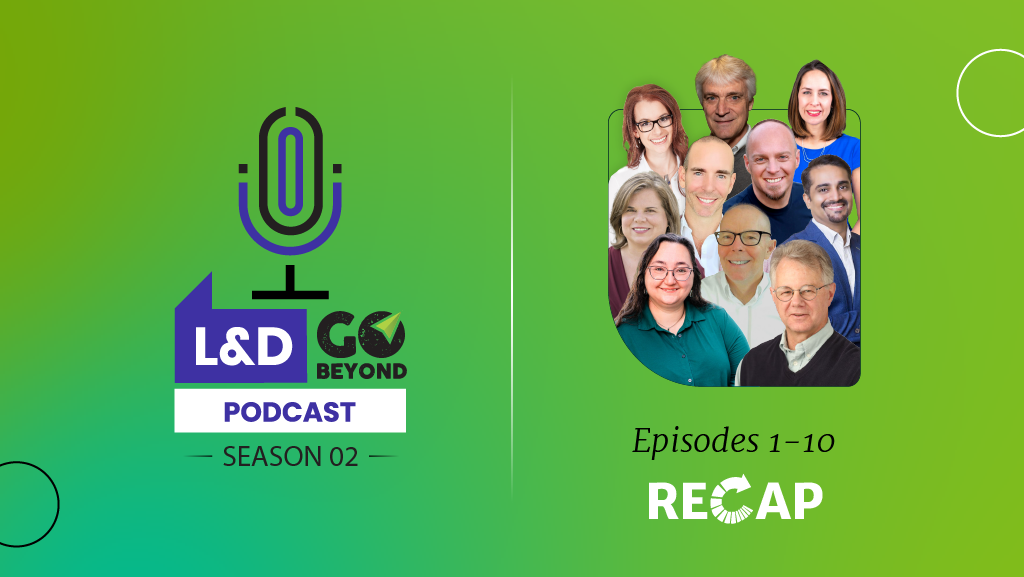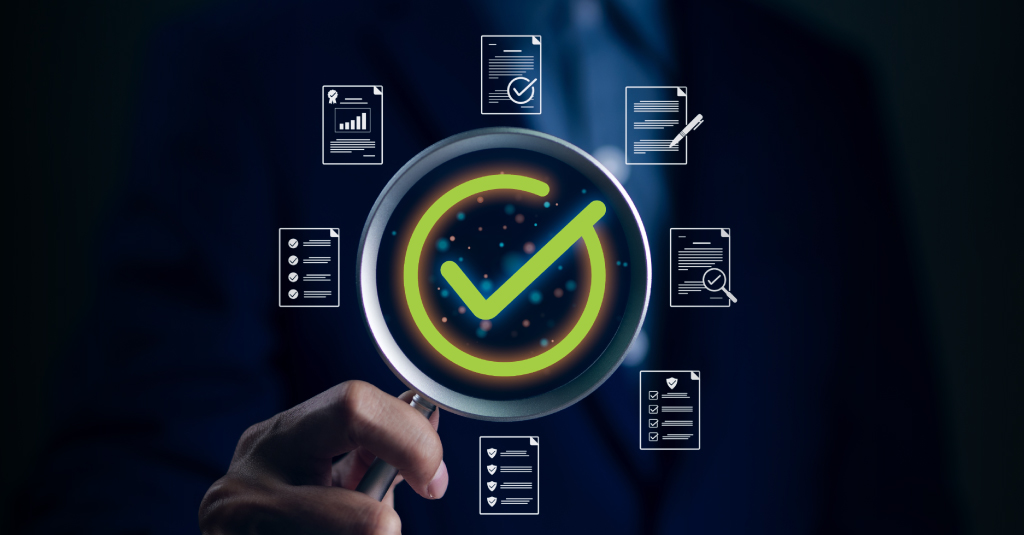So, what do we need to be doing to have a performance focus? The first thing, of course, is to move away from the belief that our purpose is learning. That’s a means to an end, not an end in itself. Instead, we need to recognize that our goal is to ensure that the organization’s performance is at the level necessary. This includes both the execution of things that are known to be needed, and a continual innovation that drives adaptation to changing circumstances. Those two elements are worth digging into further.
The Known
For most organizations, there are the things they know they need to do. This includes the most common business operations: marketing, sales, operations, legal, human resources, etc. This is pretty much regardless of the industry. The known also includes the specifics of the particular business. That might be service offerings or the products to be developed and delivered.
What’s important here are the levels of performance. Is marketing hitting its targets? Are sales meeting their quotas? Are employees engaged and scrutable? Also, are we delivering our specific solutions with sufficient quality? Typically, in any organization, there are key performance indicators (KPIs) or objectives and key results (OKRs) that are the current focus. This is because they’re not sufficient.
What’s important is for L&D to be looking to impact the ones that aren’t at a sufficient level. That is, that area is underperforming. Then we need to identify why and provide an appropriate intervention. The reason why necessarily suggests the type of intervention necessary. For instance, if people are capable, but aren’t performing, there’s likely a reason that training won’t solve.
Importantly there are two levers in the L&D toolbox. Most people are familiar with the first courses. Of course, doing courses right is an issue. Too frequently, the methods employed, owing to reasons like budget or lack of measurement, aren’t appropriate. The other tool is performance support. Here we’re talking job aids of a variety of sorts: checklists, look-up tables, procedure guides, wizards, etc. They’re frequently a better solution than a course, but they’re underutilized.
The Unknown
The other area is the continual exploration of new business opportunities. It’s been a mantra for a number of years that the rate of change is increasing. New factors can create both opportunities and threats, such as the response to the pandemic, or generative artificial intelligence. Organizations need to be agile! While the innovation generally happens in domain-specific areas, there are better and worse ways to be innovative. While this can fall to other units in the organization, there’s a case to be made for L&D to take the reins.
Innovation is about learning. That is, when you’re doing research, troubleshooting, design, etc., you don’t know the answer when you start. Research results in findings, trouble-shooting results in identifying problems, design results in new solutions, and so on. You’re literally learning the answers from your actions; you’re learning! Thus, innovation properly belongs to those who understand facilitating learning. Which should be us!
Thus, facilitating learning about how to do innovation right, even facilitating innovation, is a natural area for L&D to also support performance. It may use the same tools, but it’s a new and underexplored area.
One other brief mention is that, rightly, L&D should have ownership of these aspects before taking them to the rest of the organization. That is, L&D should be able to successfully perform innovation, working out loud, collaboration, experimentation, and the like before facilitating that for the rest of the organization. We need to own it before we promote it!
Steps Forward
The question then becomes, what do you concretely do to have a performance focus? We suggest that there are four major components. When we were talking about impact, we similarly talked about three of these areas, but a performance focus requires adding in one more.
To execute from a performance perspective, the first step is to properly analyze the existing performance. What should the performance level be? And what would people be doing to achieve that metric?
Then, we move on to design. There are two aspects here to mirror our two levers. One is designing learning to support performance. The other is job-aid design, where we design tools for performers to use to achieve the necessary outcomes.
Finally, we’ll need to evaluate performance. This means doing more than seeing if people liked it, or could perform on a test afterward. Instead, we have to see if our performance interventions are being manifested in the workplace and are leading to changes in the metrics.
As we chart the course for a performance-focused approach, it is crucial to remember that this journey requires continuous evaluation and refinement. By thoroughly analyzing existing performance, designing effective learning and support tools, and rigorously evaluating their impact, we can ensure that our efforts are genuinely enhancing organizational performance.
Ultimately, it’s about transforming our perspective from merely facilitating learning to driving performance. By doing so, we align our initiatives with the core objectives of the organization, ensuring relevance and measurable impact.
Ready to dive deeper into performance-based initiatives and transform your organization? Download our eBook, Rethinking Learning: Focus on Performance, and discover how to shift from learning to performance, leveraging innovative strategies and tools to achieve excellence. Download now and take the first step towards a more effective, performance-driven future.














